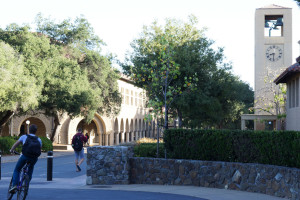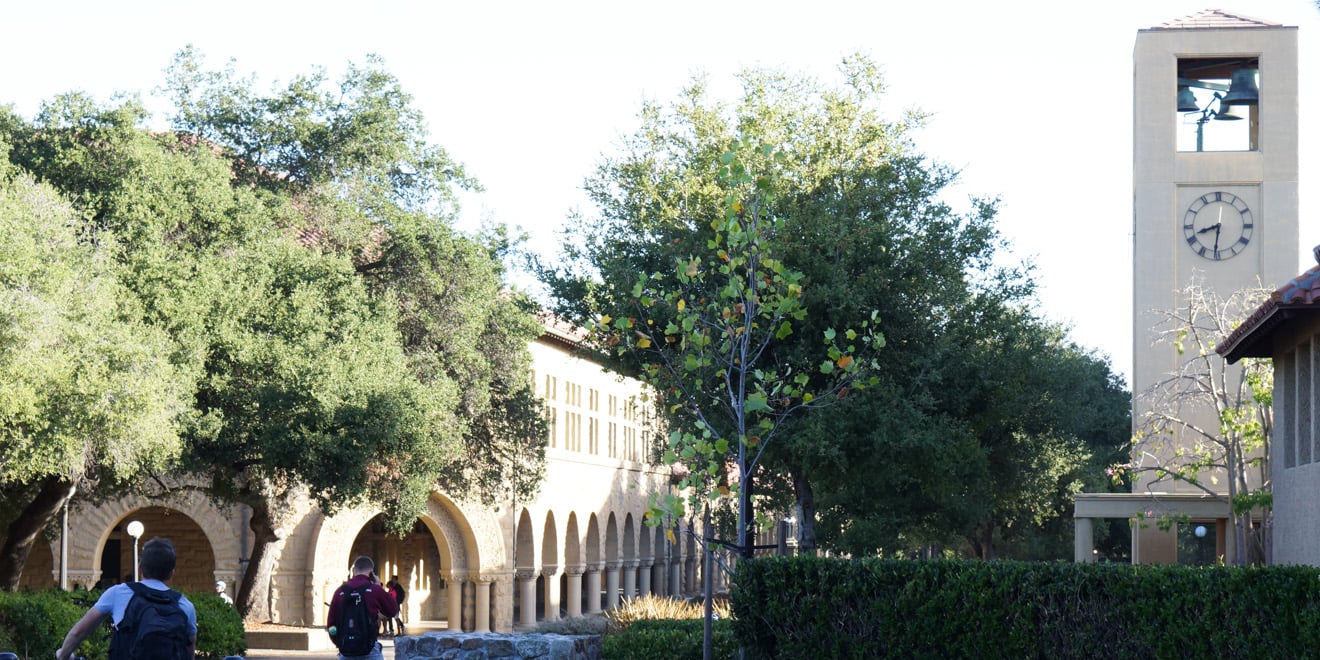
A new class schedule system, with earlier start times beginning at 8:30 a.m. and fewer overlapping courses, was approved by the Faculty Senate last year and implemented Monday on the first day of fall quarter.
The new system is designed to “standardize class start times” and “improve undergraduate schedules,” according to associate University registrar Stephen Shirreffs.
Shirreffs explained that the older system with many overlapping classes created various difficulties for students.
“We had little 15-minute or 30-minute overlaps and lots and lots of them, and what would happen is students would take two classes that would overlap and get out of one earlier, run into the other one late,” Shirreffs said.
The new system will avoid these types of partial conflicts through classes that are more spread out. The earliest classes will begin at 8:30 a.m. with the last classes of the day running from 7:30 p.m. to 8:50 p.m.
“[Before] there were too many classes crowded in the middle of the day,” Shirreffs said. “If you spread the class day a little bit, you give people more choice. It’s about student schedules and choice – that’s the driving factor.”
The class meeting patterns grid on the Office of Registrar’s website, initially designed to give faculty and staff members an idea of what the schedule would look like, shows that there is a slight difference between the Monday/Wednesday/Friday schedule and Tuesday/Thursday schedule. While the former focuses on 50-minute classes, the latter is intended for 80-minute classes.
“We looked at many different approaches at different universities across the country, and we tried to take into account Stanford’s special needs,” Shirreffs said.
One of these needs was to allow faculty the ability to achieve longer class times by combining two or more periods. If professors need a two-hour class, they can combine two one-hour periods, and if they need a three-hour seminar, they can merge three one-hour periods or two one-and-a-half-hour periods.
The Office of the University Registrar also hopes that standardized start times will make scheduling easier for students athletes who often have to plan around practice times, according to Shirreffs.
Shirreffs admitted, however, that although the system has fewer partially overlapping classes, students will inevitably still encounter conflicts due to the large number of classes offered by the University.
“We have [about] 5,000 classes, and we’ve only got objectively 12 hours in the day, so naturally of course there [are] going to be conflicts,” he said. “The hope is by standardizing these things, people have a much better sense of how the day develops and this will in general improve students’ schedules.”
After the Faculty Senate unanimously approved the plan on Feb. 6, 2014, the Registrar’s Office was largely responsible for implementing the Senate legislation.
“We worked with many staff and faculty across campus,” Shirreffs said.
Shirreffs also noted that they didn’t get much negative feedback, but only a handful of systemic requests for odd exceptions, which the faculty subcommittee was able to deal with successfully.
“I just am really so proud of departments and the faculty and staff because… [they] really did work hard to put into practice both the spirit and the letter of the legislation,” Shirreffs said, adding that Vice Provost Professor Harry J. Elam was a strong supporter of the new plan.
How the standardized times impact individuals will be evaluated after the new schedule runs during autumn quarter, according to Shirreffs.
Contact Sevde Kaldiroglu at sevde ‘at’ stanford.edu.
